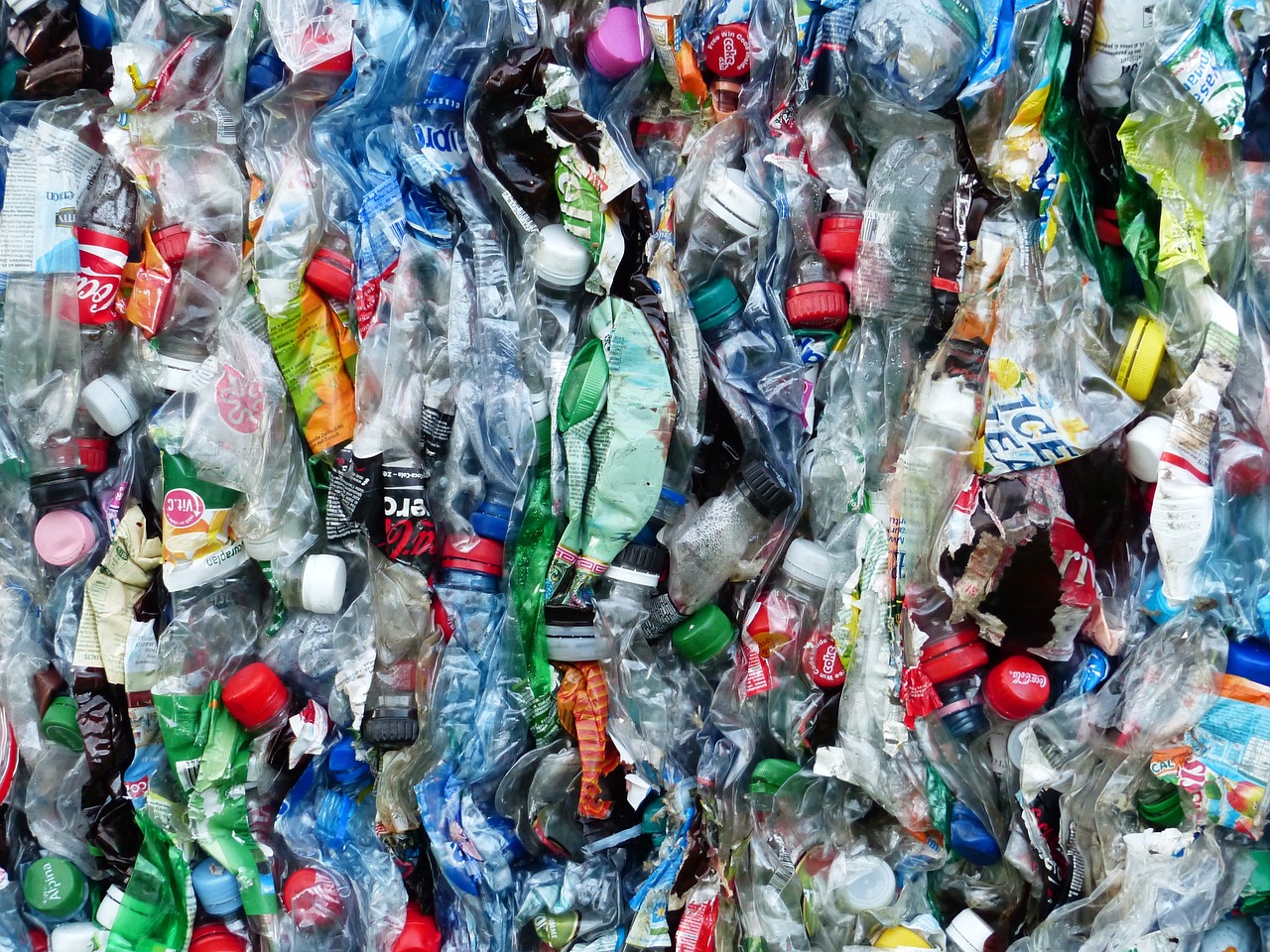A Guide to the US Plastics Pact
by Rania Jhumka at 16:07 in Circular Economy, Emerging, Packaging
The US Plastics Pact is a voluntary initiative based on the Ellen MacArthur Foundation's global commitment. This pact involves cooperation between businesses, government agencies, and nonprofit organizations to drive the transition towards a circular economy for plastics by reducing waste, improving recycling, and redesigning plastic packaging. Previously, the US had been opposed to limiting plastic production. However, they recently took a U-turn, offering their support for the UN Global Plastic Treaty with plans to implement their own limits.
The Plastics economy in the US
Plastics are very important to the US economy, and in 2022, they accounted for 17% of global plastic production. The US is home to many of the world's largest plastic manufacturers such as ExxonMobil and Dow Chemical, employing approximately 99,000 people.
Recently, the US government established aims to reduce plastic production and sign for an international plastics treaty, due to be completed in late 2024. This follows the majority view in the US, as 63% of the public would support a Global Plastics Treaty and the ban of single use plastics, according to Greenpeace International. This decision also aligns with the views of many other countries but poses against China and Saudi Arabia. It has also come under scrutiny by US plastic producers, claiming it to be a betrayal as it threatens thousands of jobs and could also result in increases in price for plastics in America.
Political uncertainty
In July 2024, the US government released their first plan for addressing plastic production in the US and signing the UN Global Plastic Treaty. This would introduce production caps, chemical bans, a single use plastic ban and other plans covering waste management and product design.
However, there is an upcoming general election in the US, due to be held on Tuesday 5th November 2024. This will be only a few weeks prior to the final round of negotiations for the UN Global Plastic Treaty. With the upcoming election creating uncertainty, there is the possibility that future policies may align more closely with the interests of the US plastic producers instead.

Specifics of the Plastics Pact
The US Plastics Pact aims to create a transition towards a circular economy and introduce Extended Producer Responsibility for each state, in line with national targets.
1. Eliminate certain materials and reduce virgin plastic use
The US aims to eliminate problematic and unnecessary materials completely by 2030. However, if a material has no sustainable alternative, finding innovative solutions will be encouraged. There should also be a 30% reduction in virgin plastic use in packaging sold into the US market as of 2030.
2. All plastic packaging should be designed and manufactured to be reusable, recyclable or compostable
There should be targeted innovation towards identifying sustainable alternatives or pathways for all plastic packaging. Efforts should also be made towards packaging standardization.
Industries must also follow guidance on on-pack messaging and labelling to reduce consumer confusion and clearly state what consumers should do upon disposal.
3. A framework must be developed to recycle or compost packaging and increase the effective recycling of plastic packaging
To meet the goal of achieving an overall recycling rate of 50% for plastic packaging in the US by 2030, producers must meet the following recycling rates per material:
- PET, PP and HDPE bottles – 70%
- PET and PP non-bottle rigids – 50%
- HDPE non-bottle rigids – 30%
- PE, PP and mixed PO film – 30%
- Distribution chain packaging – 95%
This can be achieved by broadening access to recycling, such as through community collection centers, curbside collection and store drop-off. Those following the Pact must also politically and financially support collection through publicly supporting deposit return schemes (DRS), act alongside other partners and ensure communication standardization and follow EPR framework.
4. Increase responsibly sourced plastic packaging
To achieve the goal of averaging 30% of postconsumer recycled (PCR) content or responsibly sourced biobased content across all plastic packaging in the US, producers must facilitate and prioritize the use of PCR use in all material types (primary, secondary and tertiary). When using responsibly sourced biobased content, it must meet 5 criteria ensuring it complies with human rights, doesn't create adverse social or economic conditions and doesn't harm the environment.
5. Increase the implementation and scale of reusable packaging systems
B2B and B2C applications must be implemented across supply chains to scale proven reuse systems by 2030. All reusable packaging targets align with meeting virgin plastic reduction goals by 2026.
Further information has been published by the US Plastics Pact such as the US Pact's Design for Circularity Playbook and the US Plastics Pact Roadmap 2.0.
If you would like to know more about this topic, please contact us to talk to one of our consultants.
 Click here to receive regular updates on blog posts, webinars, and regulatory changes directly to your inbox
Click here to receive regular updates on blog posts, webinars, and regulatory changes directly to your inbox

